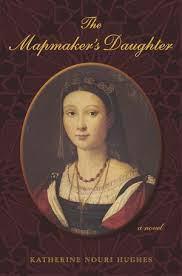 A twelve year old Venetian girl is grabbed as a slave, from her home island, and carried off to Constantinople, capital of the Ottoman Empire, in the 1500s. The Mapmaker’s Daughter is her novelized memoir, by Katherine Nouri Hughes.*
A twelve year old Venetian girl is grabbed as a slave, from her home island, and carried off to Constantinople, capital of the Ottoman Empire, in the 1500s. The Mapmaker’s Daughter is her novelized memoir, by Katherine Nouri Hughes.*
And quite a tale it is — the girl Cecilia, renamed Nurbanu, rises to become a Sultan’s wife, effectively queen. If that sounds implausible, history actually offers other similar cases. Helena, Constantine I’s mother, started as what was perhaps euphemistically called a barmaid. She wound up not only an Augusta but a saint!
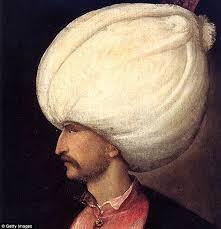
Sultan Suleiman the Magnificent
Cecilia/Nurbanu prospered because she wasn’t just another slave girl, but well educated, with a connection (albeit illegitimate) to Venetian nobility; and she caught the eye of Sultan Suleiman the Magnificent. It was Suleiman’s son Selim II (“the Drunk”) she married. Selim was indeed a big drunk. But he’s consistently called a good man. This tells you something about the others. Life in “the good old days” wasn’t pretty.
As in, say, grabbing children as slaves. Nurbanu worried about the fate of the many others taken off that island with her, but it’s left vague. No doubt few of those others enjoyed her good fortune.
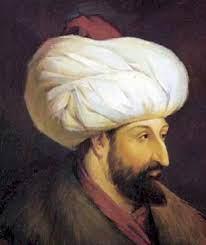
Sultan Mehmet II
But one particular bit of nastiness forms the story’s fulcrum. This part of the world had a long history of rulers’ sons contending among themselves for power, with often bloody results. So Sultan Mehmet II (“The Conqueror,” of Constantinople, in 1453) promulgated a law aimed at forestalling such rivalries and thereby protecting civic order. Each wife or concubine of a Sultan would be allowed only one son. And when a Sultan took power, any surplus male siblings would be . . . dispensed with.
The one-son-per-girl rule was hard to enforce. And there was another factor. Life in those times was precarious, even for the healthiest. So to ensure the dynasty’s continuation it was deemed vital for a Sultan to produce extra standby sons.

Sultan Selim II
On that score, Selim the Drunk was slacking off. He didn’t want any woman but Nurbanu and had only one son. So finally his dad Suleiman ordered him to get with the program. Selim then obediently sired a bunch more sons. And soon thereafter died.
Meantime, when he himself was dying, Suleiman had also given Nurbanu a command — to be the enforcer of Mehmet II’s grisly law. For years, while Selim lived, she wrestled with the moral dimensions, seemingly resolved to disobey. But when Selim died, and the time arrived, she wound up giving the order. All Selim’s small sons were killed.
They were half-brothers of Nurbanu’s own son, who became the new Sultan Murad III. He hated what she had done.
While the author had to imagine a lot about Nurbanu, the book appears to stick closely to known historical facts, based on a little checking I did — prompted by one episode I found scarcely believable. Murad III built a very advanced astronomical observatory, aimed at putting Islamic science in the vanguard, outdoing all European efforts. Then, just a few years later, Murad ordered it demolished.
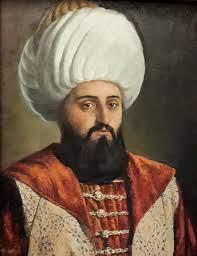
Sultan Murad III
It’s often pointed out that, at one time, Islamic science and scholarship were indeed in the forefront of human progress. And the question is often posed — what happened?
One great thing evolution endowed us with is changeability. It’s often forgotten, or even denied, but societies and cultures can and do change. In 1983, Ireland voted two-to-one to outlaw all abortions. In 2018 they voted two-to-one to repeal that. The Economist commented: “In 35 years, Ireland has changed utterly.”
So too did Muslim society change. But change is not always positive. Demolishing Murad’s observatory may have signaled an epochal inflection point for Muslim society.
America’s culture of democracy, freedom, openness, and tolerance can change too. And we seem to be undertaking our own demolition.
More accurately, a big part of America is doing that. Another part is fighting them, but somewhat ineffectually, with its own head partly up its rear. Right now, the former lot is on top (arguably illegitimately, by dint of gerrymandering, voter suppression, and other manipulation). Can this be overcome? America’s soul hangs in the balance.
But back to the book:
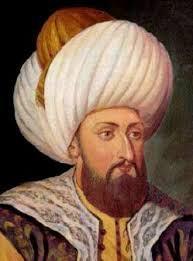
Sultan Mehmed III
Nurbanu (in Hughes’s telling at least), after years of defending the executions of Selim’s sons, eventually repented, and on her deathbed seemingly persuaded her son Sultan Murad to change the law. Yet the genealogy helpfully prefacing the story has already informed the reader that after Murad came his son Mehmed III — with “19 sons executed.” The author, in an afterword, says Mehmed’s 19 half-brothers (not sons) were executed. I checked; it is the genealogy that’s incorrect.**
Anyhow, the law was never abolished, but those 19 were the last such killings. Subsequent sultans satisfied themselves with putting half-brothers under confinement.
The Ottoman sultanate itself was abolished in 1923, followed by more or less democratic governance, interspersed by occasional military regimes, until President Erdogan made himself sultan in all but name.
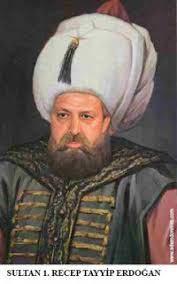
Sultan Recep Tayyip Erdogan
* Note, there are at least six other books, by six other authors, with the same title!
**Another error I spotted: Cecilia/Nurbanu keeps in touch with her Venetian grandfather (perhaps implausibly till her death at 58). When her grandson (later Mehmed III) becomes a father, her grandfather writes to ask the name of his great-great-grandson. Of course it would have been a great-great-great-grandson!
Advertisements